Researchers develop a catalyst boosting lithium-air batteries with 0.52V, 960-hour stability, and 95.8% efficiency, advancing energy storage.
Get the latest international news and world events from around the world.
Reducing Immunoglobulin G Improves Metabolic Health And Extends Lifespan
Join us on Patreon! https://www.patreon.com/MichaelLustgartenPhD
Discount Links/Affiliates:
Blood testing (where I get the majority of my labs): https://www.ultalabtests.com/partners/michaellustgarten.
At-Home Metabolomics: https://www.iollo.com?ref=michael-lustgarten.
Use Code: CONQUERAGING At Checkout.
Clearly Filtered Water Filter: https://get.aspr.app/SHoPY
Epigenetic, Telomere Testing: https://trudiagnostic.com/?irclickid=U-s3Ii2r7xyIU-LSYLyQdQ6…M0&irgwc=1
Use Code: CONQUERAGING
NAD+ Quantification: https://www.jinfiniti.com/intracellular-nad-test/
Aerial robot can navigate unknown environments safely at high speeds
A team of engineers and roboticists at the University of Hong Kong have designed, built and tested an aerial robot capable of navigating unknown environments safely at high speeds while avoiding obstacles. In their paper published in the journal Science Robotics, the group describes how they overcame problems encountered by others attempting to build similar robots and how well their quadcopter robot, called SUPER, performed during testing.
Roboticists have been trying for several years to build a flying robot that could perform like birds—moving safely at high speeds while adjusting to unknown conditions as they arise, such as encountering gusts of wind, power lines, tree limbs or other objects appearing suddenly in their path.
Most such flying robots have relied on various types of sensors and cameras that had to process massive amounts of video data, slowing the speeds at which they could operate. In this new effort, the researchers in Hong Kong say they have finally overcome these challenges.
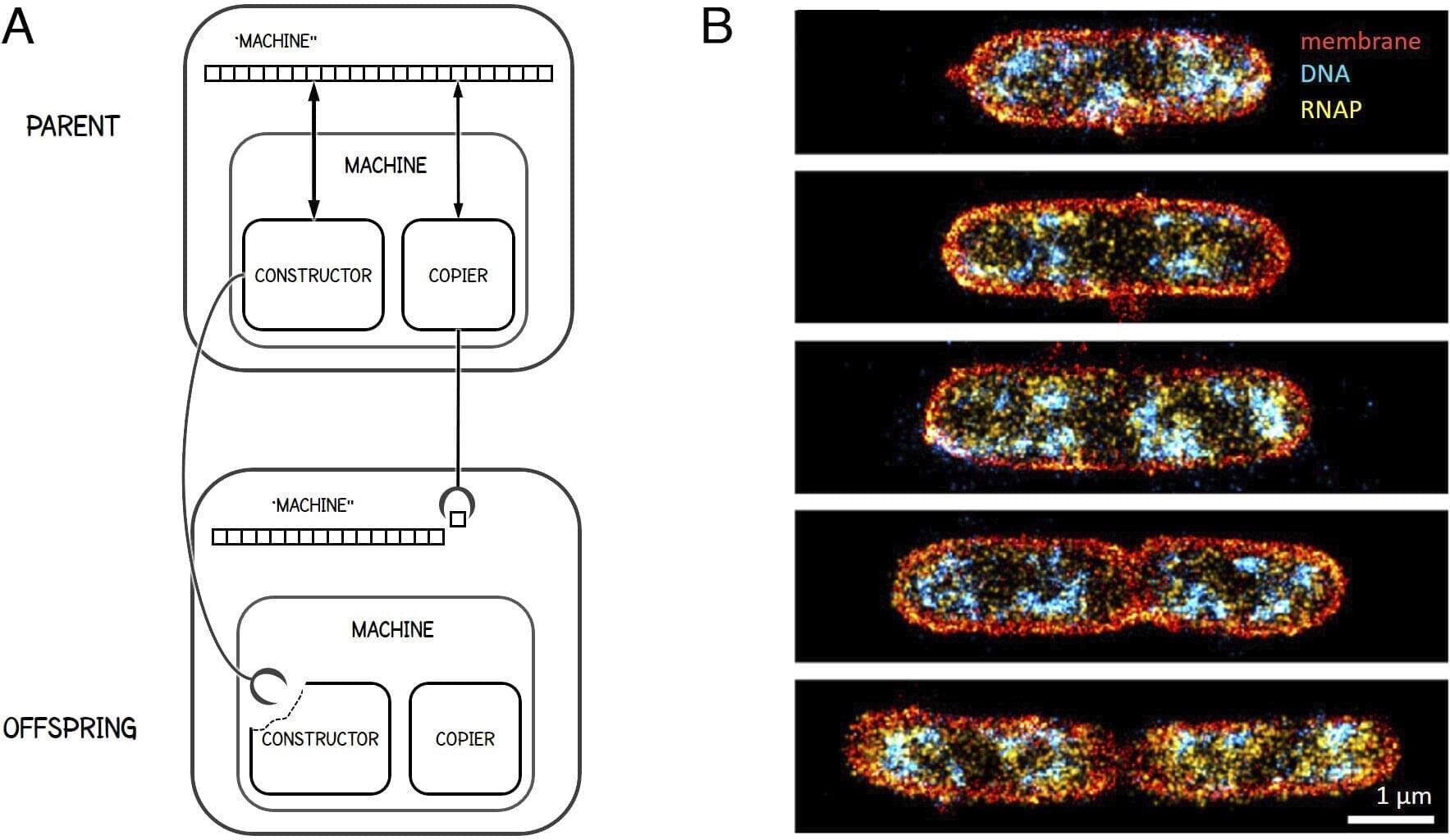
Life as a cascade of machines making machines: Living matter framework extends from atomic scale to entire biosphere
Living matter remains the quintessential puzzle of biological sciences, a question that embodies the intricate complexity and stunning diversity of life forms. A new study suggests that one viable approach to address this extreme complexity is to conceptualize living matter as a cascade of machines producing machines.
This cascade illustrates how cells are composed of smaller submachines, reaching down to the atomic level where molecular machines, such as ion pumps and enzymes, operate. In the other direction, it explains how cells self-organize into larger systems, such as tissues, organs, and populations, cumulating into the biosphere.
This new conceptual framework is a fruit of collaboration between Professors Tsvi Tlusty from the Department of Physics at Ulsan National Institute of Science and Technology (UNIST), South Korea, and Albert Libchaber from the Center for Physics and Biology at Rockefeller University, New York. The study was inspired by the seventeenth-century polymath Gottfried Leibniz, who noted that “the machines of nature, that is living bodies, are still machines in their smallest parts, to infinity.”
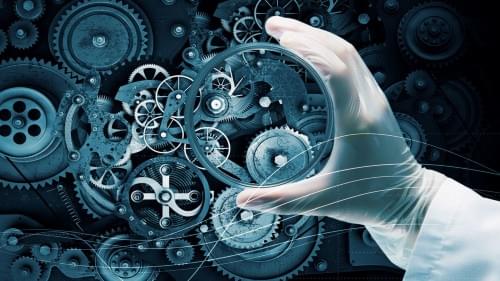
Molecular Motors and Machines
The structural design of molecular machines and motors endows them with externally controlled directional motion at the molecular scale. Molecular machines based on both interlocked and non-interlocked molecules and driven by a variety of external stimuli such as light, electrical-or thermal energy, and chemical-or redox processes have been reported. With the field moving forward, they were incorporated into surfaces and interfaces to realize amplified directional molecular motion at the nanoscale which can be applied in the control of macroscopic material properties. More recently, molecular motors and molecular machines based on interlocked molecules have been organized into three dimensional materials to expand their functionality in the solid state and enrich their applicability.
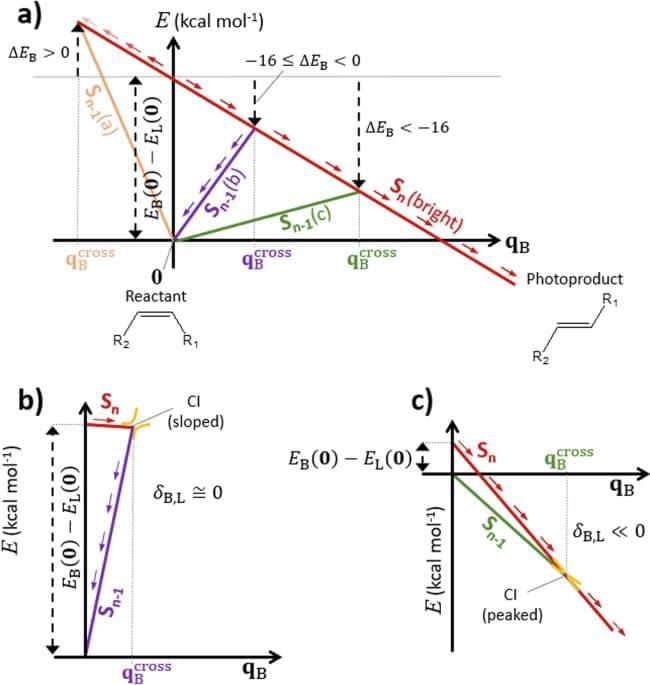
A predictive screening tool to evaluate the efficiency of Z/E photoisomerizable molecular switches
Cis-trans photoisomerization is a key process for many processes in biology and materials science, but only careful and time-consuming quantum chemistry methods can describe such reaction in detail. Here, a predictive tool is presented requiring few and affordable calculations, evaluating the efficiency of paradigmatic and modified photoswitches.
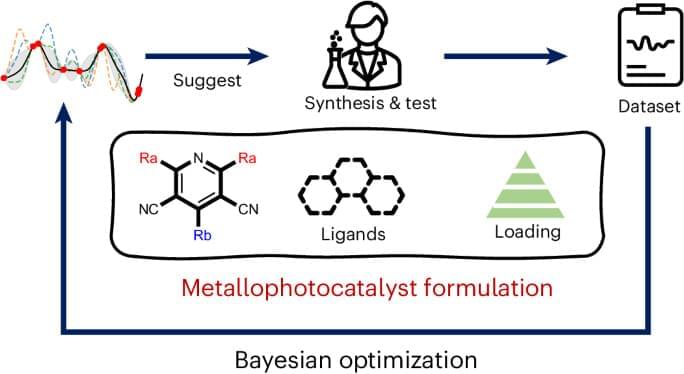
Sequential closed-loop Bayesian optimization as a guide for organic molecular metallophotocatalyst formulation discovery
Organic photoredox catalysts enable diverse chemical transformations, but predicting their activity is challenging due to complex properties. Now, a two-step data-driven approach is introduced for targeted organic photoredox catalysts synthesis and reaction optimization. Using Bayesian optimization, promising catalysts can be efficiently identified, yielding competitive results with iridium catalysts.

From desktop to benchtop with automated computational workflows for computer-aided design in asymmetric catalysis
Computational chemistry has remained largely inaccessible to the experimental chemistry community. Here we report the VIRTUAL CHEMIST, a software suite free for academic use, that enables organic chemists without expertise in computational chemistry to perform virtual screening experiments for asymmetric catalyst discovery and design.
John Michael Godier
An interview with Jason Wright on Prior Technological Species as well as compilations exploring the idea that we may not be the first here on earth or the first forms of life in our solar system.
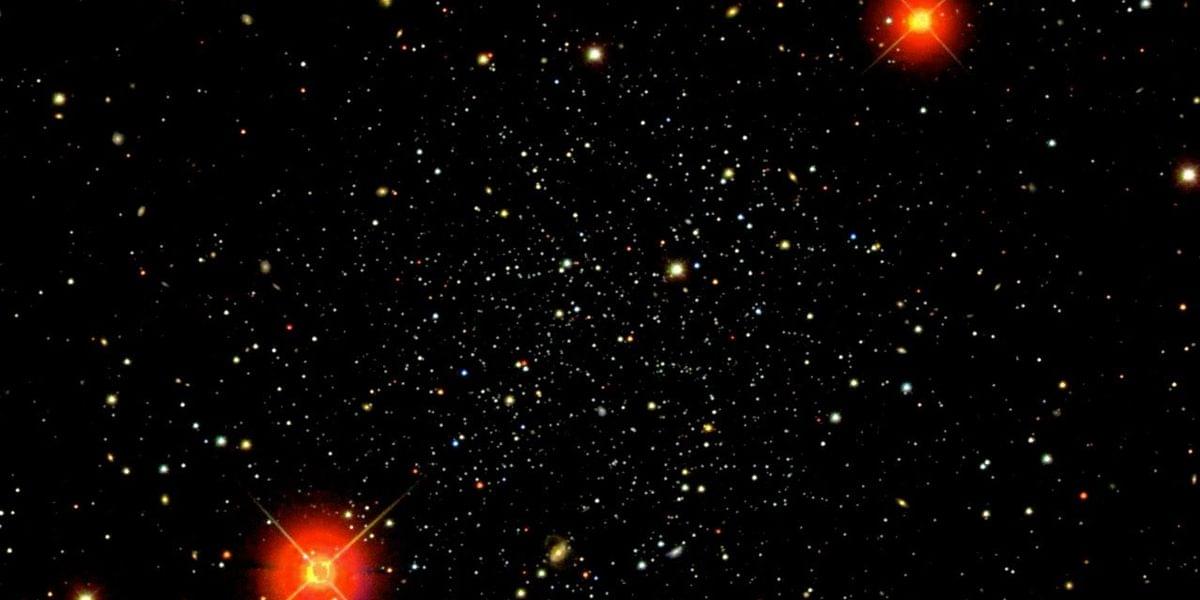
Baffling discovery about the universe expanding defies our understanding of physics
A new study has revealed the universe is expanding too quickly for our current understanding of physics to explain.
The expansion of the universe is described using a unit of measurement called the Hubble constant. Determining the universe’s expansion rate has been a major point of intrigue since 1929, when Edwin Hubble first discovered that our universe is expanding.
The universe began with the Big Bang, a rapid expansion from an initial state of high density and pressure.